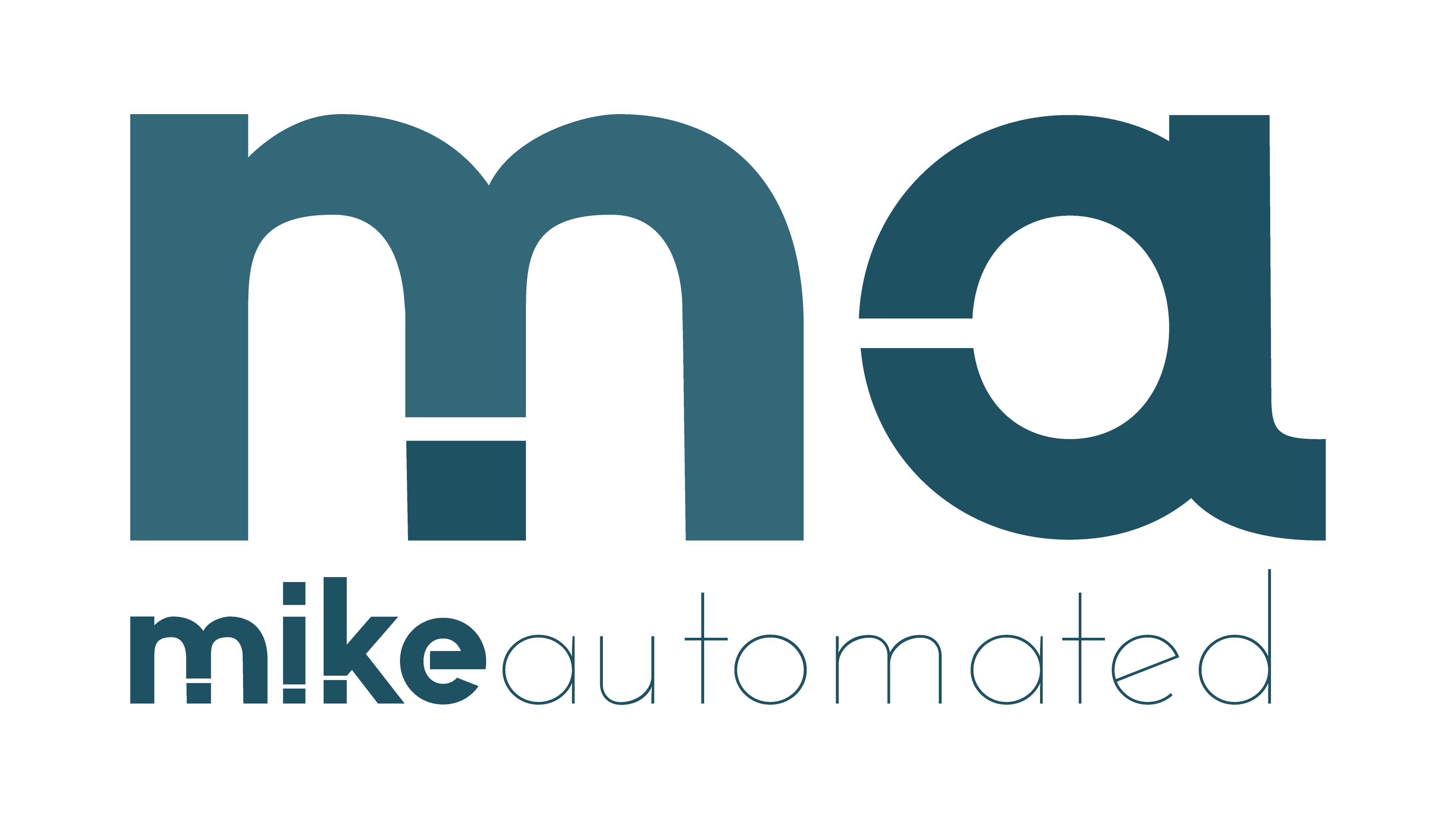- TL;DR: Scaling AI Across Departments is an organizational shift, not a single project.
- TL;DR: Start with a common platform and governance to prevent silos and rework.
- TL;DR: Align departments with clear ROI, success metrics, and data contracts.
- TL;DR: Learn through a practical, phased approach and a real-world example to guide your rollout.
Scaling AI Across Departments: A Practical Blueprint
Scaling AI Across Departments is more than deploying models. It is about aligning people, data, and processes across units to unlock consistent value. The goal is to move from isolated experiments to a coordinated capability that any department can use, when it makes sense. This requires a repeatable operating model, not a collection of one-off pilots.
In practice, the keyword Scaling AI Across Departments should guide your strategic choices, from governance to technical architecture. A cross-functional approach reduces bottlenecks and speeds time-to-value. It also helps you avoid duplicate work and inconsistent data quality across teams. This article outlines how to build a scalable framework that works for enterprise AI, while keeping teams engaged and productive.
Why Scaling AI Across Departments Matters
Enterprises that scale AI across departments see greater impact than those that centralize only in a single function. When product, marketing, operations, and customer support share a common AI platform, the organization benefits from better data access, faster iteration, and tighter alignment with business goals. The most successful deployments treat AI as a cross-functional capability, not a solo initiative.
Key benefits include a reduction in cognitive load for end users, more consistent decision quality, and clearer accountability for outcomes. You gain a unified data layer, standardized interfaces, and a governance model that enforces fairness, security, and compliance. For teams, this means less firefighting and more time spent on value-adding work. For leadership, it means a clearer ROI narrative across the enterprise.
To make this work, you must speak in terms every stakeholder understands. Translate AI value into concrete business outcomes: faster cycle times, higher retention, improved yield, or lower defect rates. Tie each use case to a measurable metric and a defined owner. This is how an AI program becomes a business capability rather than a collection of isolated experiments.
Build a Cross-Functional AI Strategy
Creating a cross-functional AI strategy starts with alignment at the top and continues through the organization. It requires clear goals, disciplined data governance, and an operating model that spans departments. The strategy should be documented, shared, and revisited on a regular cadence. A well-defined blueprint reduces ambiguity and accelerates adoption.
Define Shared Goals and Success Metrics
Begin by listing the top objectives for each department that AI can influence. Then consolidate these into 3–5 shared goals that reflect enterprise value. For each goal, define success metrics that are specific, measurable, and traceable to business outcomes. Track leading indicators (process improvements) and lagging indicators (financial ROI). This creates a transparent path from experiment to scale.
Establish Data Governance and Access
Data is the backbone of AI. Establish data contracts that spell out ownership, quality criteria, privacy boundaries, and access controls. Create a data catalog with metadata, lineage, and usage policies. Ensure data is accessible to approved departments through well-defined APIs and standardized schemas. This reduces duplication and accelerates integration across use cases.
Define Talent and Operating Model
Scale requires a repeatable operating model. Create a Center of Excellence (CoE) or AI guild that codifies best practices, templates, and playbooks. Pair data scientists with domain experts in each department to accelerate problem framing and validation. Build capability with a mixed team: data engineers, ML engineers, product managers, and business analysts who can translate technical work into business value.
Architecture and Integration for Scale
A scalable AI architecture links data sources, modeling, deployment, and monitoring in a cohesive flow. The goal is to enable rapid, secure, and auditable deployment across departments while maintaining governance and quality. A common reference architecture reduces integration friction and accelerates adoption.
Data Fabric and Integration Layers
Implement a data fabric that unifies disparate data sources into a single, accessible layer. Use standardized data models and APIs to enable cross-departmental use. Prioritize data quality, cataloging, and automated lineage tracking. A consistent data foundation makes it easier to reuse models and datasets across use cases.
AI Governance and Security
Governance ensures responsible AI use. Establish policies for model risk, bias detection, and auditability. Implement role-based access controls, data privacy protections, and documentation that explains model decisions. Governance should be lightweight enough to not slow delivery but strong enough to protect the organization.
MLOps and Deployment
Adopt an MLOps approach to manage lifecycle, testing, and deployment. Create reusable pipelines, automated testing, and environment standardization. Use feature stores and model registries to track versions. Target deployable components that can be integrated via APIs or embedded into existing applications.
Cross-functional AI requires reliable deployment patterns. Encourage modular models that can be shared across departments without redeveloping from scratch. This approach speeds delivery and reduces risk while maintaining a strong governance framework.
Practical Steps to Scale AI Across Departments
Translation from theory to action happens through a concrete, phased plan. Below is a practical sequence you can adapt to your organization. Each step finishes with a concrete deliverable and a trigger to move to the next phase.
- Establish a shared AI platform with common data access, governance, and tooling. Deliverable: platform charter, data contracts, and a basic catalog.
- Prioritize use cases by impact and feasibility using a simple scoring rubric. Deliverable: ranked use-case backlog and a 90-day delivery plan.
- Create a Center of Excellence to codify practices and accelerate spread. Deliverable: CoE charter, roles, and initial templates.
- Define data contracts and access rules to ensure trusted data flows. Deliverable: data contracts for top 5 datasets and APIs.
- Run pilot projects with cross-functional teams to validate value and learn. Deliverable: 2–3 completed pilots with documented ROI.
- Scale successful pilots across departments using repeatable templates and governance. Deliverable: deployment playbook and updated metrics dashboard.
In each step, maintain open communication with stakeholders. Use internal forums and workshops to collect feedback. Document lessons learned and adapt your governance as you grow. This disciplined approach prevents chaos as you scale.
Change Management and Adoption
People and processes determine success as much as technology. Communicate early and often about why Scaling AI Across Departments matters. Involve business leaders in setting goals and reviewing metrics. Provide hands-on training and practical use cases that relate to daily work. When teams see tangible improvements, adoption becomes a natural outcome, not a forced mandate.
Simple, repeatable training accelerates learning. Use dark launches and guided pilots to reduce risk. Offer role-based materials for data stewards, analysts, and line-of-business managers. Build a culture that rewards experimentation, collaboration, and clear accountability for outcomes. These elements drive sustainable growth across units.
Metrics, Governance, and Ethics at Scale
Scale requires a balanced scorecard that captures technical and business value. Track data quality, model performance, and control effectiveness. Link these metrics to business outcomes such as cost reduction, speed, quality, and revenue impact. Regularly review governance practices to ensure they remain aligned with evolving regulations and ethical standards.
Ethical AI is a must for enterprise success. Implement bias detection, fairness checks, and explainability where appropriate. Maintain transparency with stakeholders by sharing model cards and decision rationales. Health checks and independent reviews help maintain trust across departments and with customers.
Real-World Example: A Manufacturing Company Scales AI
Consider a manufacturing company that built a central data platform and a cross-functional AI team. In product development, engineers used AI to optimize designs. In sourcing, analysts used predictive models to forecast supplier risk. In customer service, chatbots improved response times while routing complex cases to human agents. Each department connected to the single platform via shared APIs, data contracts, and governance. The result was faster insight, reduced waste, and measurable ROI across multiple units.
What changed was not only the technology but the collaboration model. Teams learned to frame problems in business terms, validate hypotheses with data, and share learnings through a common repository. The enterprise AI capability moved from isolated pilots to an ongoing program supported by leadership and a clear operating model.
Suggested Visuals to Communicate the Approach
Include visuals that convey the scale and flow of AI across departments. A suggested visual is a deployment map showing data sources, models, integrations, and key stakeholders. Also consider a lifecycle diagram that traces problem framing, model development, testing, deployment, monitoring, and retirement. These visuals help leadership assess progress and align teams around common milestones.
Visuals should be accompanied by concise explanations and linked to internal resources. For example, an infographic could point to enterprise AI strategy guidelines or AI governance principles. The goal is to make complexity digestible and actionable.
Internal Resources and Next Steps
To support Scaling AI Across Departments, consider publishing a practical rollout plan within your internal knowledge base. Link to our MLOps foundations, a guide on data governance, and a template for a department-oriented use-case brief. These resources help teams start quickly and stay aligned as you scale.
Conclusion and Call to Action
Scaling AI Across Departments is a continuous, collaborative discipline. It requires a clear strategy, disciplined data practices, and a governance model that can adapt as teams adopt AI in their workflows. By treating AI as a shared capability rather than a set of isolated projects, you unlock sustained value across the enterprise. Start with a shared platform, align goals, and define your first cross-functional pilots to begin the journey today. If you are ready to take the next step, map your cross-department AI roadmap and explore our internal guides to accelerate momentum.
Take action now: begin with a 90-day plan to establish the platform, governance, and CoE. Use the practical steps outlined here to move from pilot to scale, and share your progress with stakeholders to maintain momentum.
Internal reference points: enterprise AI strategy, AI governance, MLOps basics.



